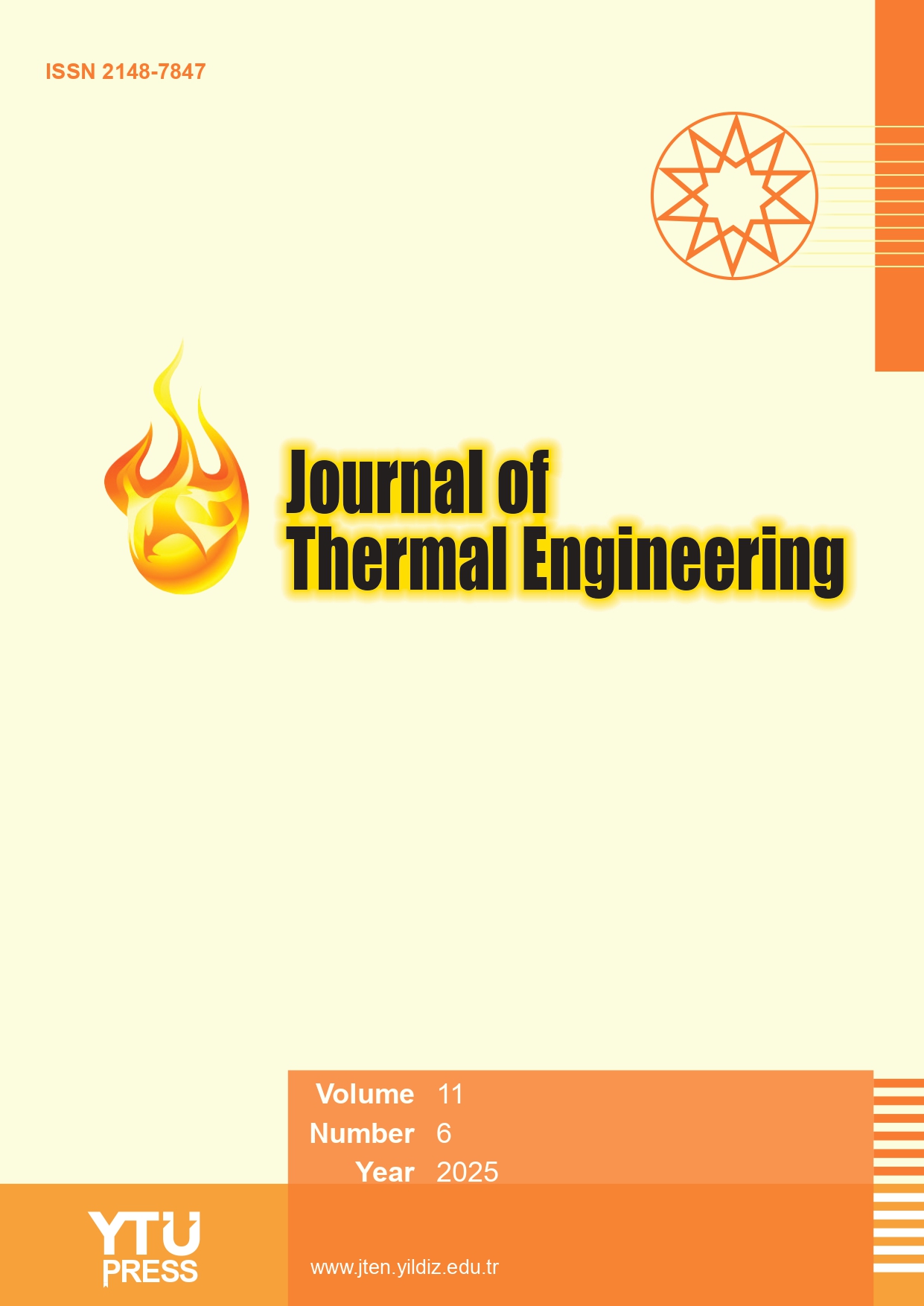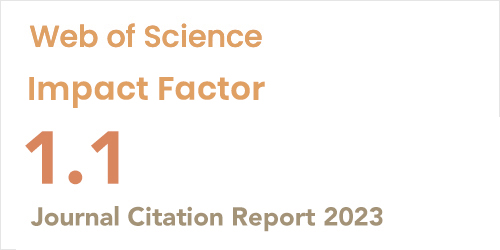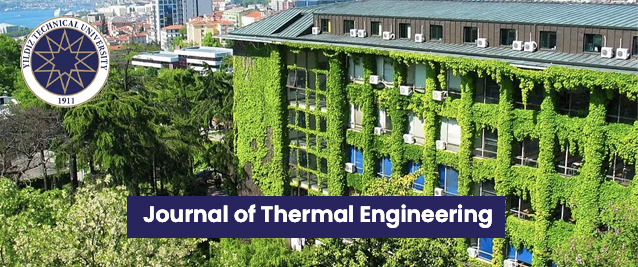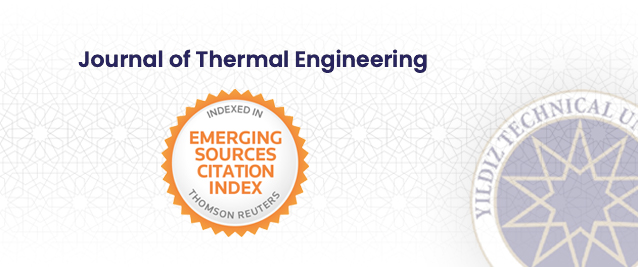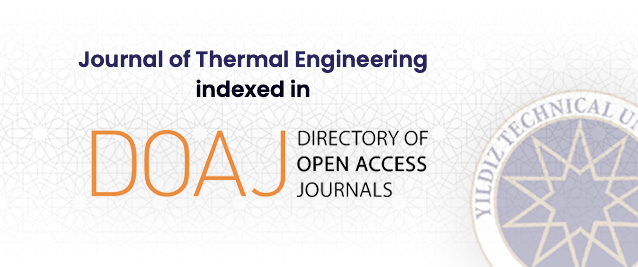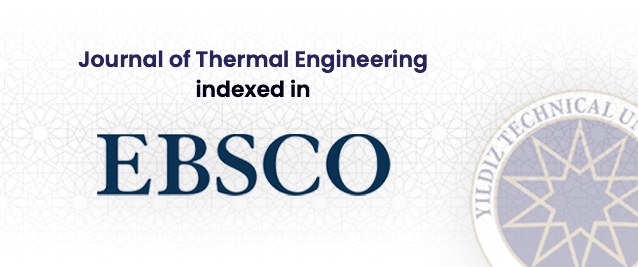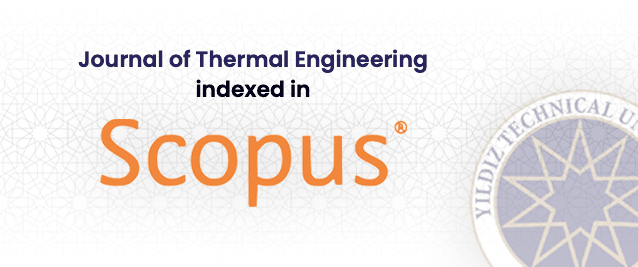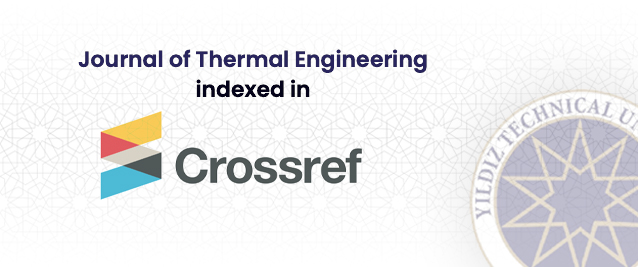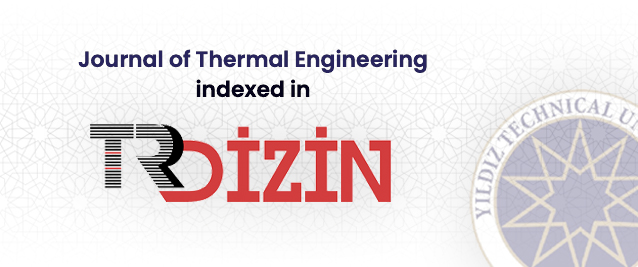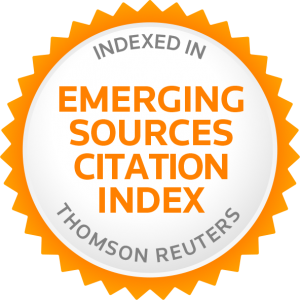2Department of Mathematics, Paavai Engineering College (Autonomous), Tamil Nadu, 637018, India
Abstract
The study investigates the impact of various factors, including magnetohydrodynamics (MHD), alumina nanofluid flow, thermal radiation, Hall current, and harmonic oscillations on convective heat generation at enhanced temperatures on a plate. The plate experiences harmonic oscillations while maintaining a uniform temperature, and dimensional equations are converted into non-dimensional ones using specific parameters. Through Laplace transformation, an exact solution is derived. Analysis of velocity and temperature considers the Prandtl number, Grashof number, Hall parameter, magnetic parameter, radiation, solid volume fraction, and phase angle. Graphs illustrate the impact of primary and secondary velocity, showing increased velocities with higher Grashof numbers and decreased velocities with rising Hall parameters. Moreover, the temperature rises in line with the solid volume fraction. Effective heat transfer is crucial for improving energy efficiency in industrial processes, HVAC (heating, ventilation, and air conditioning) systems, and thermal management setups. Engineers utilize the Nusselt number to optimize heat transfer equipment design. For instance, at Nu = 0.9258 (at t = 0.5, Pr = 0.71, solid volume fraction = 0.26, R = 1). and In magnetohydrodynamics (MHD), the presence of a magnetic field alters the fluid flow behavior. At higher magnetic field strengths, the fluid flow becomes more constrained or influenced by the magnetic forces, which can lead to increased frictional resistance along the surface of the plate. The skin friction coefficient values increase for both velocities as the magnetic field parameter reaches 4, 5, and 6. Graphical representations of mathematical findings enhance comprehension of temperature and velocity variations, emphasizing the importance of heat transfer efficiency.


